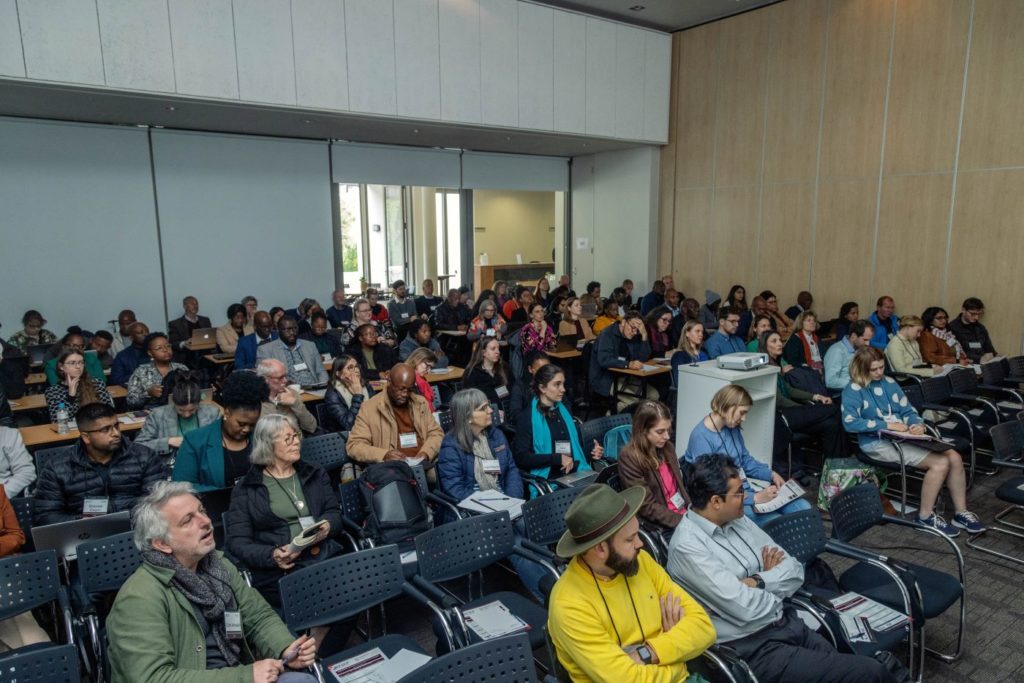
The data from Wave 1 of NIDS-CRAM showed that women were disproportionately affected by the Covid- 19 crisis and the first month of the lockdown period in South Africa. Not only were they much more likely than men to lose their jobs between February and April or to work fewer hours compared to the pre-crisis period, they also took on a greater share of the additional childcare as a result of school closures and the suspension of all childcare services. In this policy paper, we use Wave 2 of NIDS-CRAM to explore how women and men have fared as the economy started to reopen and lockdown restrictions were relaxed.

The data from Wave 1 of NIDS-CRAM showed that women were disproportionately affected by the COVID-19 crisis and the first month of the lockdown period in South Africa. Not only were they much more likely than men to lose their jobs between February and April or to work fewer hours compared to the pre-crisis period, they also took on a greater share of the additional childcare as a result of school closures and the suspension of all childcare services.

This paper describes the partial return to school that occurred during June and July, drawing mainly on the second wave of the NIDSCRAM survey. To what extent was there alignment between the grades that were gazetted to return in June and July and actual school attendance rates by children across the grades? How worried were parents and guardians about sending their children back to school and how did this vary across society?

Wills, G., Shepherd, D., and Kotze, J. (2018). Explaining the Western Cape performance paradox: An econometric analysis, in The Politics and Governance of Basic Education: A Tale of Two South African Provinces (Ed. Levy, B., Cameron, R., Hoadley, U. and Naidoo, V.): Oxford University Press.

Shepherd, D.L. (2018). Understanding language in education and grade 4 reading performance using a ‘natural experiment’ of Botswana and South Africa. Assessment in Education: Principles, Policy & Practice, Special Issue: Assessment of Reading in International Studies, 25(1), 87-106.






